New Project: Collage Studies




I’ve always been fascinated by collage. It’s a visceral technique that emerged in the early 20th century as a form of pop art, involving the assemblage of a variety of different sources of color and texture. Inspired by a few recent projects, I set out to experiment and develop my own technique for collage. These collage/number studies are the result of my first concerted effort, and I couldn’t be happier with the results. What excites me even more is the potential to apply this technique in future projects, using different color and texture palettes, and new layout techniques. I learned about how layout and order of placement dictate the motion and flow of the collage, which can be especially noted viewing the piece at a small size, or from far-away. It’s especially interesting to think about collage in this case as a digital approach to replicating a technique that traditionally relied on the physical sourcing, cutting and gluing of materials. The affordances of applications like Adobe Illustrator and Photoshop, and the abundance of pixels to source from the internet allow us to replicate these processes without all the mess, but is this still giving us the experience of bonding with the materials as we combine and re-contextualize them to form something new, expressive, and ultimately our own? I can say I did get a taste of this feeling, but there is still a barrier that existed between me and this final result that beckons me to somehow bring this sort of technique into the material world.
At any rate, the entire project was the result of an interview I did with my friend Erik, who designs under the Norik moniker and who founded Typcut. I got some good insight into his process and attempted to use a case study of that process (all completed for a class in Iterative Research & Design) to explore this new collage technique. In the end, I found that Erik achieved a sense of creative synergy in his life by balancing his professional design work with personal and clandestine creative output. I myself was surprised to find that I was more creative (despite heavy design fatigue) during subsequent “hard work phases” when I took the time to stimulate my natural creative urges by doing self-guided design. The bottom line is that it’s important to keep in touch with your inner-creative, to stimulate the imagination, and to strive for a sense of balance in your professional and personal life.
Free Wallpapers – 1680 x 1050 (click to download):



Posted in Uncategorized Posted by Alex on May 05 2012 01:00 pm
One Response to “New Project: Collage Studies”
Trackback URL
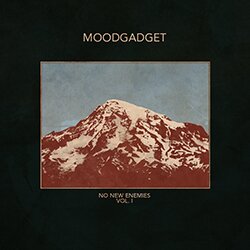
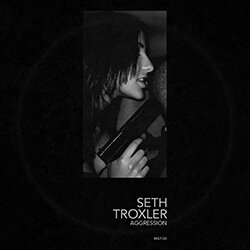

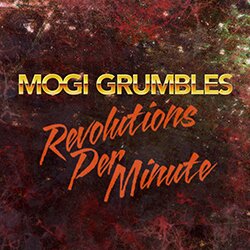
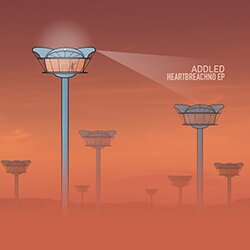
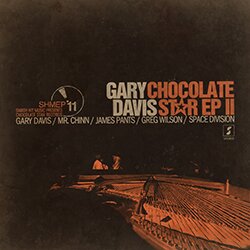
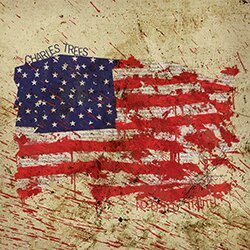
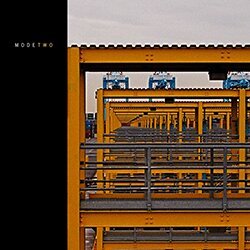
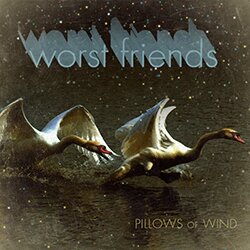
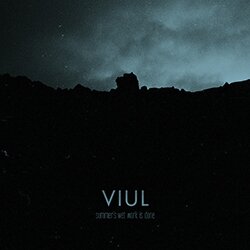
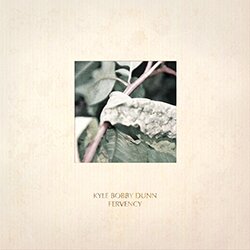
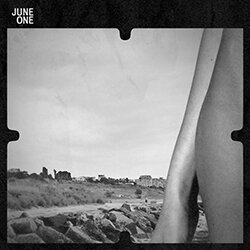
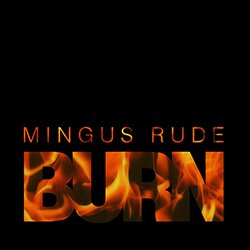
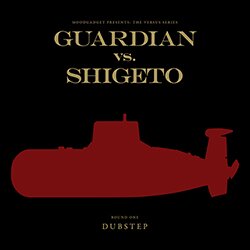
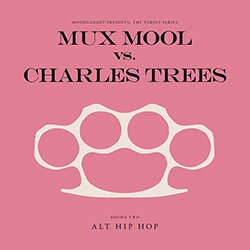
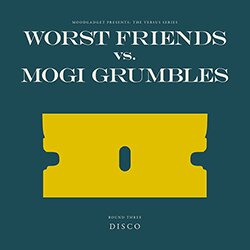
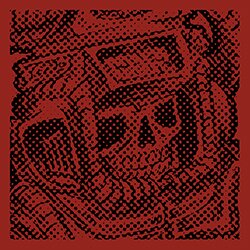
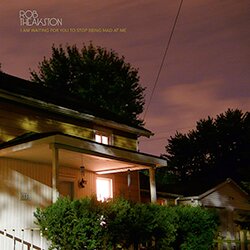
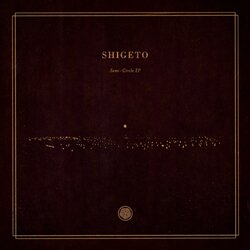
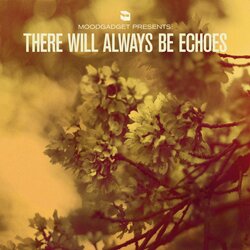
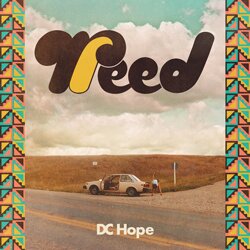
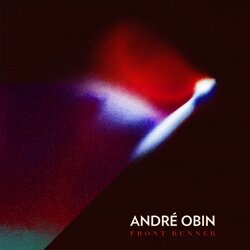
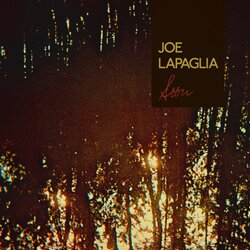
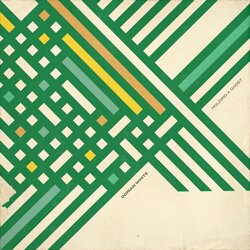
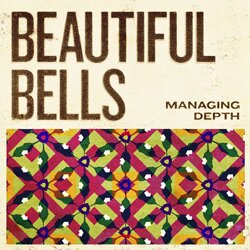
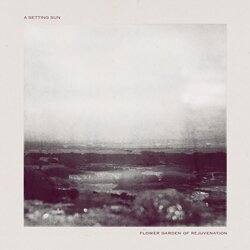
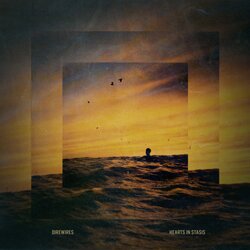
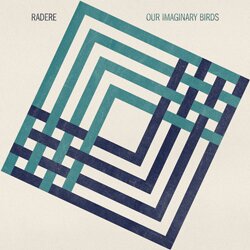

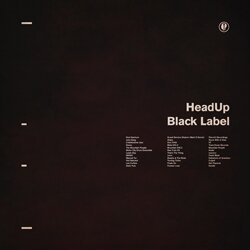

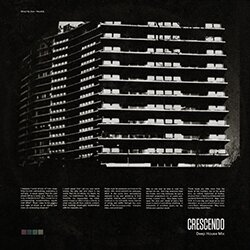
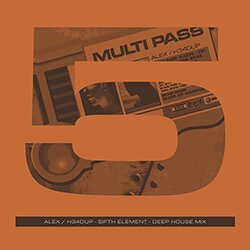
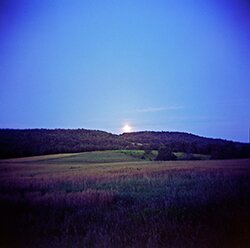

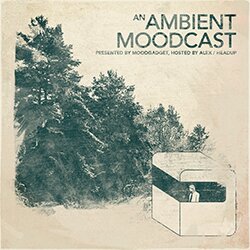
on 28 Aug 2012 at 9:53 am # A
I really like these – nice colours; they look all old and hand made.